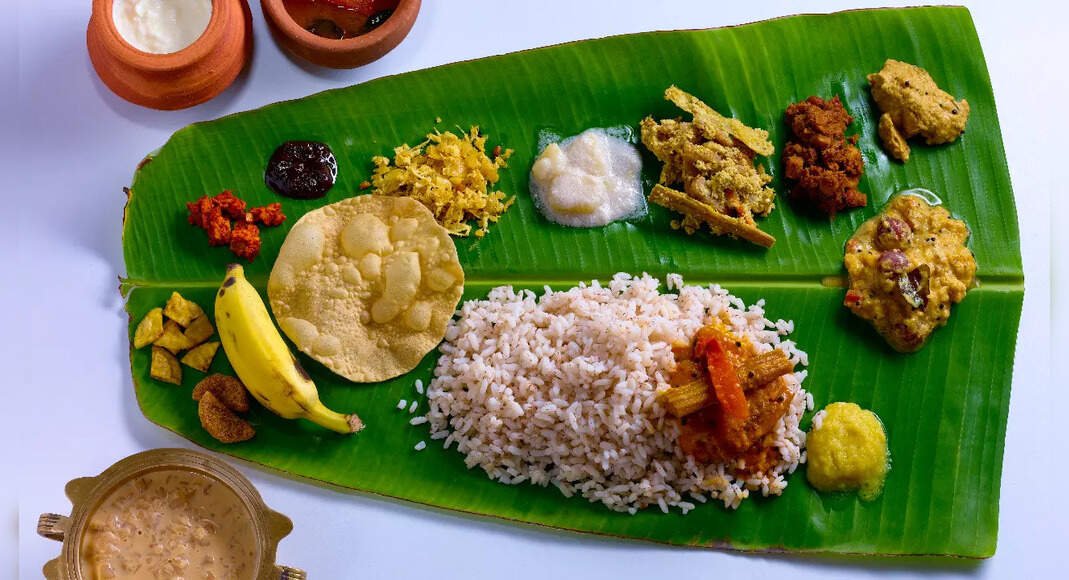Once local specialities, regional dishes from across India are now taking pride of place in Delhi’s cafés and restaurants, says Abhi Singhal
Delhi has always been rich in food and street food specially, a city where the aroma of kebabs, the crunch of chaat, and the comfort of parathas have long defined its culinary personality. Over the years, the capital has been known to absorb flavours from everywhere, thanks to its status as a cultural crossroads, but in 2025 the trend has deepened into something remarkable.
The rise of regional dishes across Delhi’s menus is perhaps most visible in how iconic snacks have travelled. The humble vada pav, once a quick bite for Mumbai locals, is now a star in Delhi cafés and lounges. It has been given playful upgrades, arriving in multigrain buns with beetroot patties or paired with truffle mayonnaise for those seeking indulgence. Pav bhaji, too, has crossed borders, reappearing as sliders at trendy eateries, where chefs plate them in miniature buns with artisanal butter, delighting diners who find both nostalgia and novelty in the same mouthful. Even the beloved golgappa and chaats, once savoured only at bustling thelas, are now being plated at restaurants with inventive fillings and elegant presentations, transforming a street-side pleasure into a refined dining experience.
Regional Roots, New Expressions
Delhi’s appetite for regional favourites extends well into the heartland. From Bihar comes litti chokha, the smoky wheat balls stuffed with spiced sattu that once belonged firmly to rustic kitchens. Today, it is finding its way into mainstream dining, often presented with new-age companions like avocado mash or chargrilled vegetables, a clever blend of earthy tradition and urban sophistication. Lucknow’s kebabs, with their delicate melt-in-the — mouth quality, have also been reinterpreted, showing up inside bao buns, wraps and sharing plates, a format that appeals to the city’s younger crowd who relish flavour but also value convenience. The culinary map does not stop there. Southern flavours are being woven into Delhi’s fabric in ways that go beyond the familiar dosa and idli. Appam with stew, a fragrant delicacy from Kerala, has become a regular sight on menus of modern Indian restaurants, often paired with creative accompaniments like microgreens or herb oils. Hyderabadi haleem, once a Ramzan speciality, has found year-round acceptance, popping up in pop-up kitchens and buffets. Fiery Chettinad curries and tangy Andhra gongura dishes are also gaining traction, loved for their boldness and the way they challenge the palate, a welcome contrast to the rich but predictable gravies Delhi was once used to. Eastern India, often underrepresented in mainstream restaurant culture, is finally finding its voice in Delhi. Odia food has stepped forward with pakhala bhat, a rice and yoghurt dish traditionally eaten to cool the body in summer, now being reinvented as a wellness bowl with garnishes of cucumber, herbs and probiotics. What is striking is how this pan-India on a plate movement has not replaced Delhi’s identity but enriched it.
In 2025, Delhi is showing the rest of India how to savour the whole country in one city. It is bold enough to reinterpret, open enough to borrow, and curious enough to keep tasting.

























You must be logged in to post a comment Login